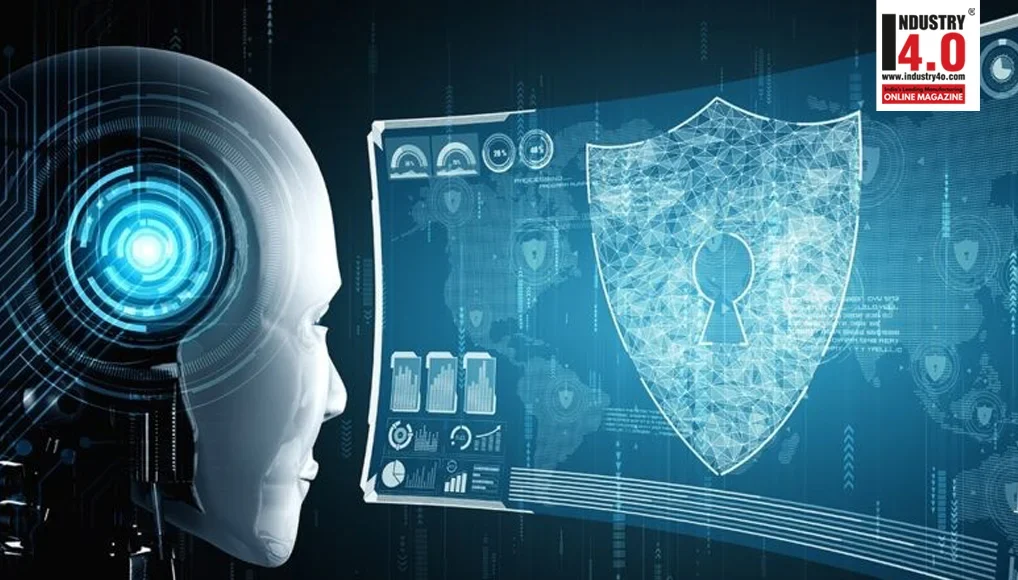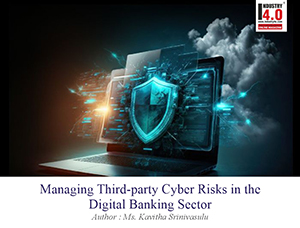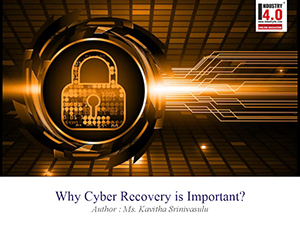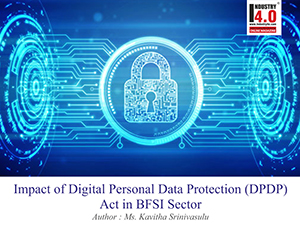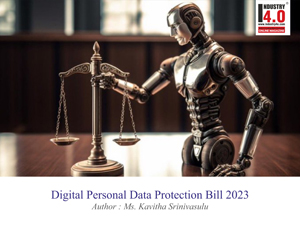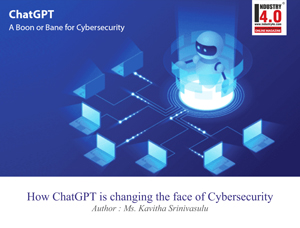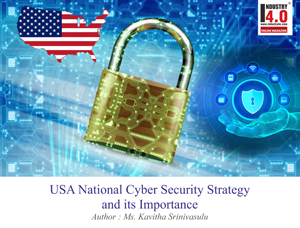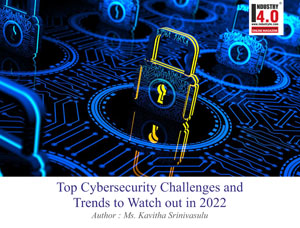Using Gen AI in Cybersecurity
Gen AI is doing rounds in the cybersecurity space and becoming a gamechanger as it can handle large amount of risk data with quick turnaround time. As cyber threats are growing significantly in this digital era, the need for robust security protection controls against cyber-attacks is increasing in this society. The amount of data that the organization holds is also humongous to digest and keep track of the wholistic picture. The lack of data visibility and gaining critical insights are weak in most places. To address the same, applying Gen AI in cybersecurity space in today’s digital-first world can enhance their cyber security measures while customizing the control points as per customer requirements and organizational needs.
Gen AI is in niche area where organizations are looking at inclining in cybersecurity controls creating tremendous opportunities to enhance security measures. Gen AI can detect potential threats and vulnerabilities by analyzing vast amounts of data while providing proactive predictive analysis, anomaly detections, threat management, automated responses to attacks, effective incident management with appropriate communications and furthermore. Additionally, the Gen AI can help the organizations in advancing authentication systems and simulate attack scenarios to test the effectiveness of security measures to enhance the cyber resilience posture.
How GenAI helps in strengthening Cybersecurity controls –
In the context of cybersecurity, Gen AI plays a versatile role in multiple layers revolutionizing traditional cyber defense mechanisms and enhancing the capabilities of cybersecurity experts/SMEs/professionals. Gen AI has already been implemented in several real-life cybersecurity scenarios, providing predictive analysis, automated response, threat detection, Incident management, authentication and security testing to enhance the current cybersecurity posture. Some of the key capabilities that Gen AI helps in strengthening Cybersecurity controls are as follows:

Imagine the potential of this new Gen AI technology integrated with industries like BFSI, healthcare, Manufacturing and cybersecurity, where it can be used to create, automate and innovate solutions to primarily addressing the evolving cybersecurity glitches. However, with enhancing opportunities and applications in cybersecurity, Gen AI comes with its own risks and challenges. Some of the key challenges are quoted below –
Challenges In Implementing Generative AI In Cyber Security
Despite the potential benefits of using Gen AI in Cybersecurity, there are always some foreseen risks and challenges associated with its. As technology grows and evolves day by day, some significant challenges are accompanied through them. Predators or cyber hackers use Gen AI to develop more sophisticated cyber threats with realistic approaches to exploit the users’ network.
Using Gen AI in Cybersecurity is a potential bias. Gen AI has become a great and essential tool in Cybersecurity because of its ability to detect and prevent cyber-attacks more efficiently than traditional methods, however, AI algorithms are prone to discriminatory outcomes due to bias. Using biased algorithms in Cybersecurity has ethical implications, particularly regarding social justice and fairness. Bias can arise from different sources that may mislead the user trying to adapt.
Ethical considerations around biased algorithms in Cybersecurity are very important from a fairness and transparency standpoint. It’s also important to ensure that training data is varied and users to reduce biases while using the AI algorithms.
Some of the key challenges prevailing in the niche environment are –
Shortage of GenAI competent resources available within the organizations in this niche area.
Implementing or using GenAI needs access to large and high-quality datasets which is a global challenge in getting the right visibility to implement GenAI in Cybersecurity.
Confrontational attacks on generative AI models are evolving, as malicious inputs can cause the model to produce misleading or incorrect outputs to the end users.
Double-edged sword: Malicious GenAI Vs penetration of valuable data.
Inconsistency around data privacy laws, policies, and regulations leading to
Misunderstood inputs due to low-quality data used to train AI systems
Transparency and explainability are critical in cybersecurity to effectively identify potential threats and validate model outputs.
Bias is a serious consideration and challenge for business while enabling GenAI in Cybersecurity, and the impact of data bias can be serious to mislead the expectations.
Malicious actors can use AI to create convincing phishing emails or messages by analyzing and emulating a target individual’s or organization’s writing styles and behavior patterns. This is an emerging threat that’s evolving day by day.
AI-generated algorithms can automate detecting and exploiting software vulnerabilities, making it faster for malicious actors to penetrate targeted systems and networks.
Gen AI based cybersecurity solutions are yet to function independently without human intervention. Cybersecurity SMEs play a critical role to ensure that AI-based cyber systems are not subject to manipulation using false logic or providing misleading outputs. However, Gen AI is changing the old legacy of manual control efforts in most of the cyber defense areas and its enhancing in the faster response to threats on sensitive data.
GenAI is capable of a lot of possibilities and managing large scale data without challenges, however, we must be mindful of the security risks or challenges it can bring. This mindful consideration is primarily due to the uncensored prompts, misleading outputs, misconceptions, accidentally revealing sensitive data, problems with storing data, difficulties with global laws, and information leak are the vulnerabilities in this growing niche area.
Addressing these evolving challenges, we need to take a holistic approach that combines Gen AI with other cybersecurity practices and ongoing vigilance to stay ahead of growing threats. The possibilities of using Gen AI in cybersecurity are truly endless, and we are only at the beginning of this exciting journey to evolve, adapt, use and protect the Business Environment.
Disclaimer : “The views and opinions expressed by Ms. Kavitha Srinivasulu in this article are solely her own and do not represent the views of her company or her customers.”
About the Author :

Ms. Kavitha Srinivasulu
Global Head – Cyber Risk & Data Privacy – R&C BFSI
CCISO | DPO | CISM | CEH | CCSO | CCIO| PCSM | PDPP |
Ms. Kavitha Srinivasulu is an experienced Cybersecurity and Data Privacy Leader with overall 21 years of experience focused on Risk Advisory, Data Protection and Business Resilience.
Ms. Kavitha Srinivasulu has demonstrated expertise in identifying and mitigating risks across ISO, NIST, SOC, CRS, GRC, RegTech and in emerging technologies with diverse experience across corporate and Strategic Partners.
Ms. Kavitha Srinivasulu possess a solid balance of domain knowledge & smart business acumen ensuring business requirements and organizational goals are met.
Ms. Kavitha Srinivasulu is a Board Member of Women in CyberSecurity (WiCyS) India
Ms. Kavitha Srinivasulu is an Executive Committee Member CyberEdBoard Community
Ms. Kavitha Srinivasulu is Bestowed with the following Licenses & Certifications :
https://www.linkedin.com/in/ka
https://www.linkedin.com/in/ka
Ms. Kavitha Srinivasulu can be contacted at :
LinkedIn : https://www.linkedin.com/in/ka
Also read Ms. Kavitha’s earlier article:

